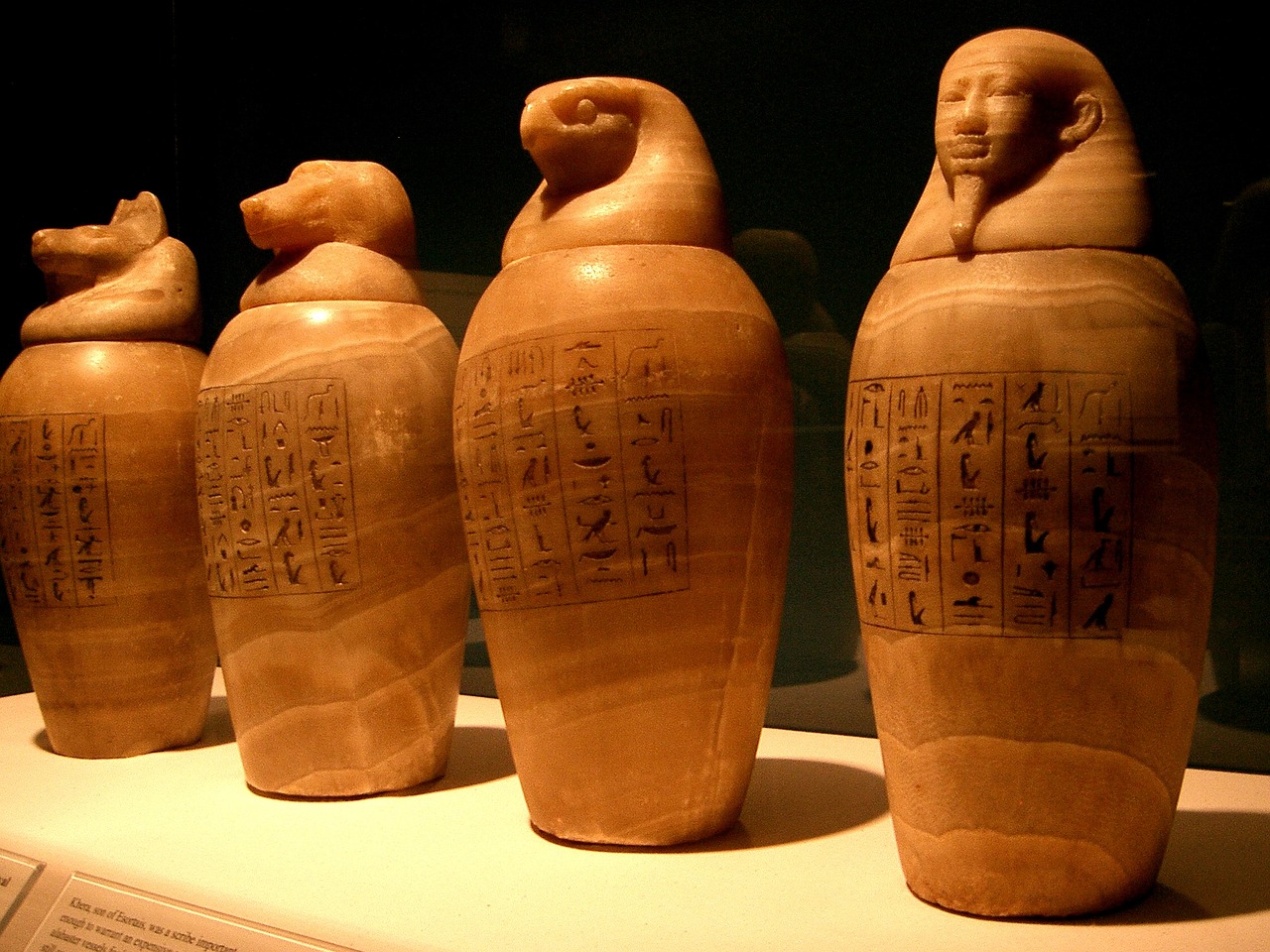The Book of the Dead of Hunefer presents a fascinating insight into the role of Anubis, the ancient Egyptian deity associated with death and the afterlife. Anubis, typically represented with the head of a jackal, was revered for guiding souls through the transition to the afterlife. His duties included mummification and protecting the deceased from malevolent forces.
The Role of Anubis in Afterlife Journeys
Anubis played a crucial role in the last journey of the deceased to the western necropolis, a key area for the burial of the dead. In various representations, he is depicted alongside figures such as Menna’s widow, demonstrating the sacred rites linked to death. Anubis held significant symbols, including the Ankh and the was-scepter, which represented life and power, respectively.
Importance in Ancient Egyptian Religion
Among the pantheon of ancient Egyptian deities, Anubis stood out as a god of the underworld, regarded with great respect by the people. His jackal-headed appearance was chosen because jackals were often seen near graves, giving him an association with death and the afterlife. Unlike many other deities of death, who were viewed negatively in various mythologies, Anubis was embraced as a protective force.
Anubis is credited with developing the mummification process, which was vital in ensuring that individuals could enjoy life after death. This benevolent image contrasted sharply with the portrayal of death gods in several cultures, highlighting Anubis’s unique position in Egyptian mythology.
Representation and Symbolism
The color black associated with Anubis symbolized not only regeneration but also the fertility of the Nile’s soil, reflecting the duality of life and death. His appearance became prominent in Egyptian art from the First Dynasty, often depicted on the coffins of the elite, illustrating his significance in funerary practices.
Representations illustrate Anubis with a man’s body and a jackal’s head, or in a fully canine form, consistently showcasing his divine authority. His attributes also included the crook and flail, emblems of royalty and sovereignty, emphasizing his importance in the Old Kingdom as the primary god of death.
Evolution of His Role
Over the centuries, the attributes and position of Anubis within Egyptian religion evolved, yet he remained a pivotal figure in mythology. His invention of mummification allowed souls to ascend to the afterlife, sustaining his revered status.
Deepening his connection with Osiris, Anubis assisted in the resurrection of the god after Seth’s treacherous act of murder, mummifying Osiris to ensure his immortality. This collaboration cemented Anubis’s role in the narrative of life after death, leading Osiris to become the ruler of the underworld.
In summary, Anubis served not only as a guide for the departed but also as a protector and facilitator of eternal life, illustrating the complex beliefs of ancient Egyptian society surrounding death and the afterlife.



